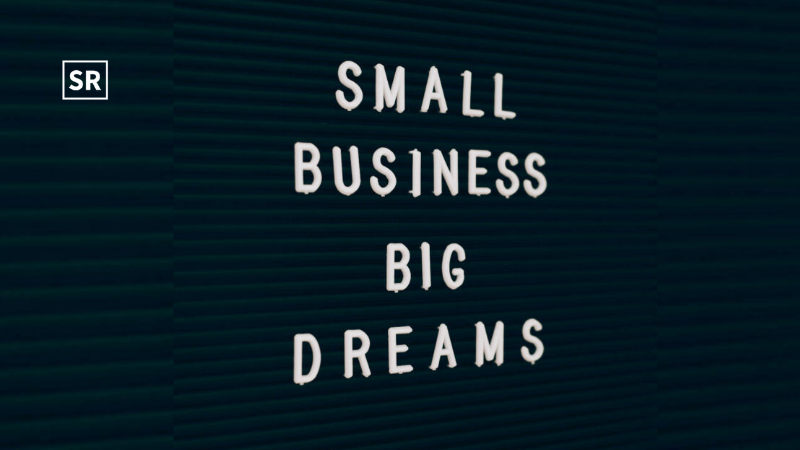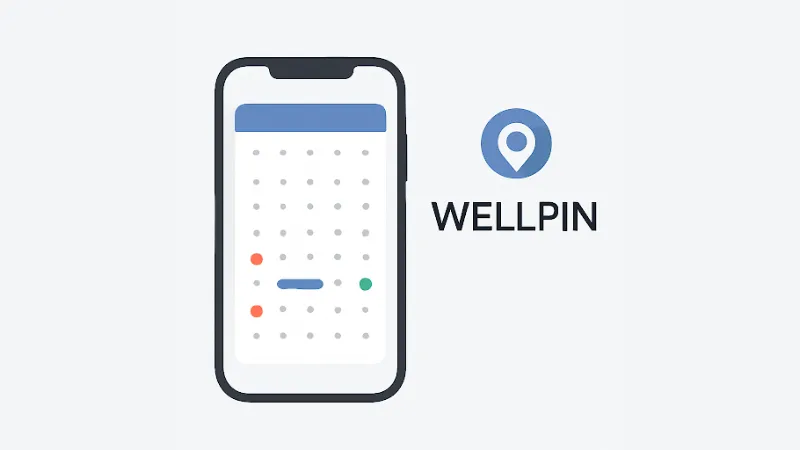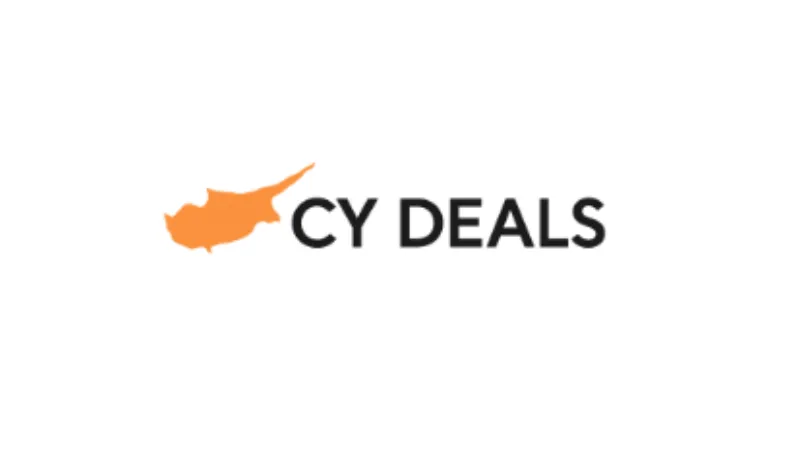From Niche to Billion-Dollar Industry: What Startups Can Learn from the Rise of Print on Demand
Jul 8, 2025 | By Team SR

A decade ago, print on demand (POD) sounded like a novelty.
Custom mugs? T-shirts with your dog’s face? Maybe a poster of your startup mantra printed on glossy A3?
Cute, sure. Scalable? Not really.
And yet here we are: 2025. Print on demand has grown into a multi-billion dollar global industry, empowering solo entrepreneurs, indie creators, and scaling e-commerce brands alike.
So, what happened?
If you're a startup founder trying to catch the next wave — or just curious how timing and tech align to create explosive opportunity — there are some powerful lessons to pull from POD's rise. And yes, I’m speaking from experience.
1. The Right Idea at the Right Time Isn’t Enough
Print on demand existed long before it exploded. The technology wasn’t new. What changed?
A convergence of timing, tooling, and trends.
Platforms like Etsy, Shopify, and Redbubble made it easy for creators to find an audience. Social media turned hobbyists into micro-brands. And improvements in global logistics turned "print it when someone buys it" into a real business model.
If your startup has a brilliant idea but no tailwind — it’ll struggle. Ask yourself:
- What ecosystem does your idea plug into?
- Is this the right time, or are you still early?
Because being too early feels just like being wrong.
2. Frictionless Fulfillment Wins
The biggest pain point for small e-commerce brands used to be inventory.
Print on demand flipped that on its head. No warehousing. No upfront product orders. No boxes in your bedroom.
That infrastructure-as-a-service model gave rise to businesses that scale on creativity and marketing, not logistics.
That’s a powerful mental model for any founder:
- Can I outsource the heavy lifting?
- Can I focus on brand and audience, not manufacturing?
Today, startups in dozens of sectors follow similar logic. Think of food delivery, remote diagnostics, virtual events, or even AI-generated content.
Execution is still everything — but where you execute matters more than ever.
3. Democratization Beats Disruption
Most people think startups win by being disruptive. But print on demand didn’t destroy an industry.
It opened the gates.
It gave creators a way in. It let local brands act global. It empowered designers, illustrators, and weird cat meme enthusiasts to monetize their niche.
Startups that enable rather than replace tend to build stronger communities. And those communities become the best growth engine you could ever ask for.
So next time you’re pitching your idea as “the Uber for X” — ask: does my product open access? Or just add noise?
4. Timing the Market > Trying to Outbuild It
If there’s one lesson I’d etch on the inside of every startup founder’s laptop lid, it’s this:
“The wave matters more than the board.”
Print on demand rode a wave of personalization, passive income hype, supply chain disruption, and the explosion of e-commerce infrastructure.
Many of the most successful POD brands launched around 2018–2021 — when margins were strong and Facebook ads were still underpriced.
Could the same strategy win if launched today? Maybe. But the dynamics have changed. That’s why new entrants now look for under-served niches, or regional expansion opportunities — like print on demand companies offering fulfillment within the United Kingdom.
If you're a founder today, don’t just focus on the product. Focus on timing.
5. Follow Infrastructure Shifts Like a Hawk
When backend infrastructure improves, it unlocks new frontiers.
In the case of POD, print quality improved, delivery times dropped, product selection grew, and integrations with platforms like Etsy and Amazon got better.
That made it viable.
Infrastructure changes are often invisible, but when they reach a tipping point, the door flings wide open. The key is being early to recognize that moment.
Examples today?
- Real-time AI translation
- 1-click checkout for digital assets
- Decentralized identity tools for Web3 applications
It won’t be in the headlines. But it’ll be underneath them.
Final Thought: It’s Not Too Late
If you’re reading this thinking, “Cool story, but print on demand is saturated now” — you’re missing the point.
The tactic may have matured. But the principles behind its growth are repeatable:
- Watch infrastructure shifts
- Time your entry
- Build enablement, not disruption
- Lean into ecosystem trends
- Remove friction for customers
And if that path does take you toward ecommerce, fulfillment, or physical goods... let’s just say you won’t be the first to ride that wave. But you might be the smartest.


 Follow us
Follow us Follow us
Follow us















